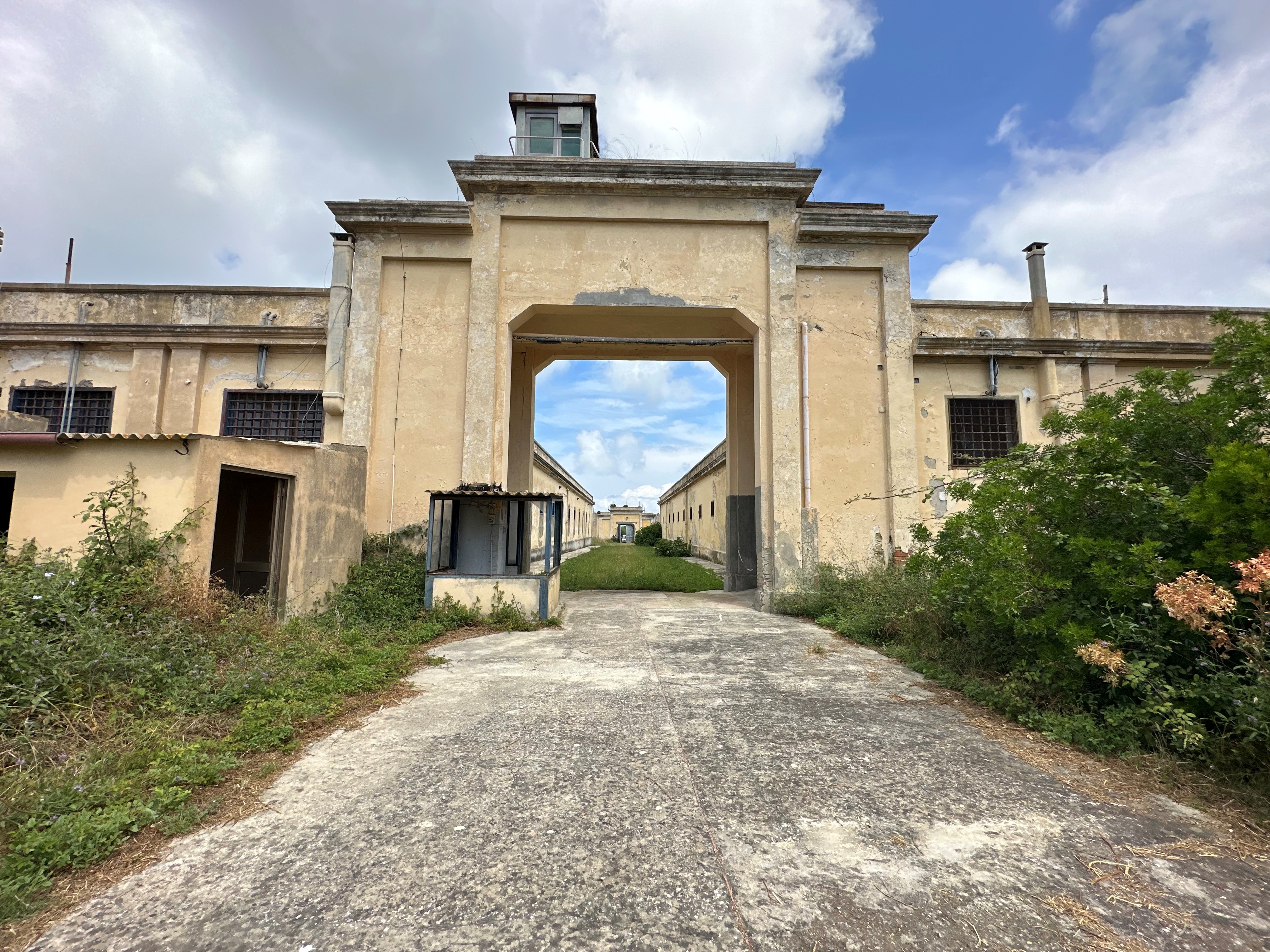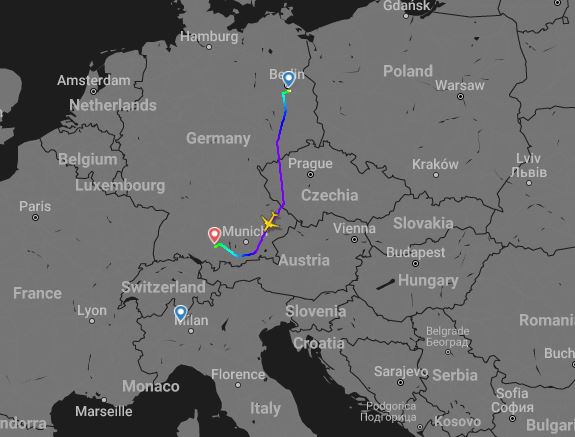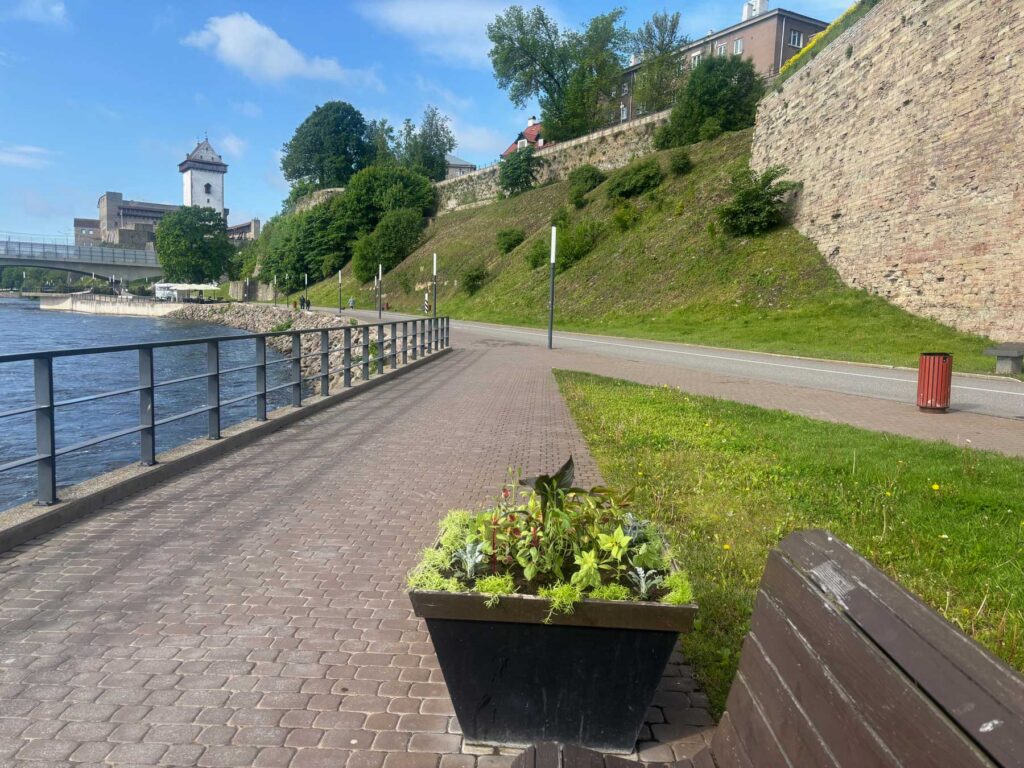The Barbagianni reborn in the cells of Pianosa who hosted terrorists and mafia bosses
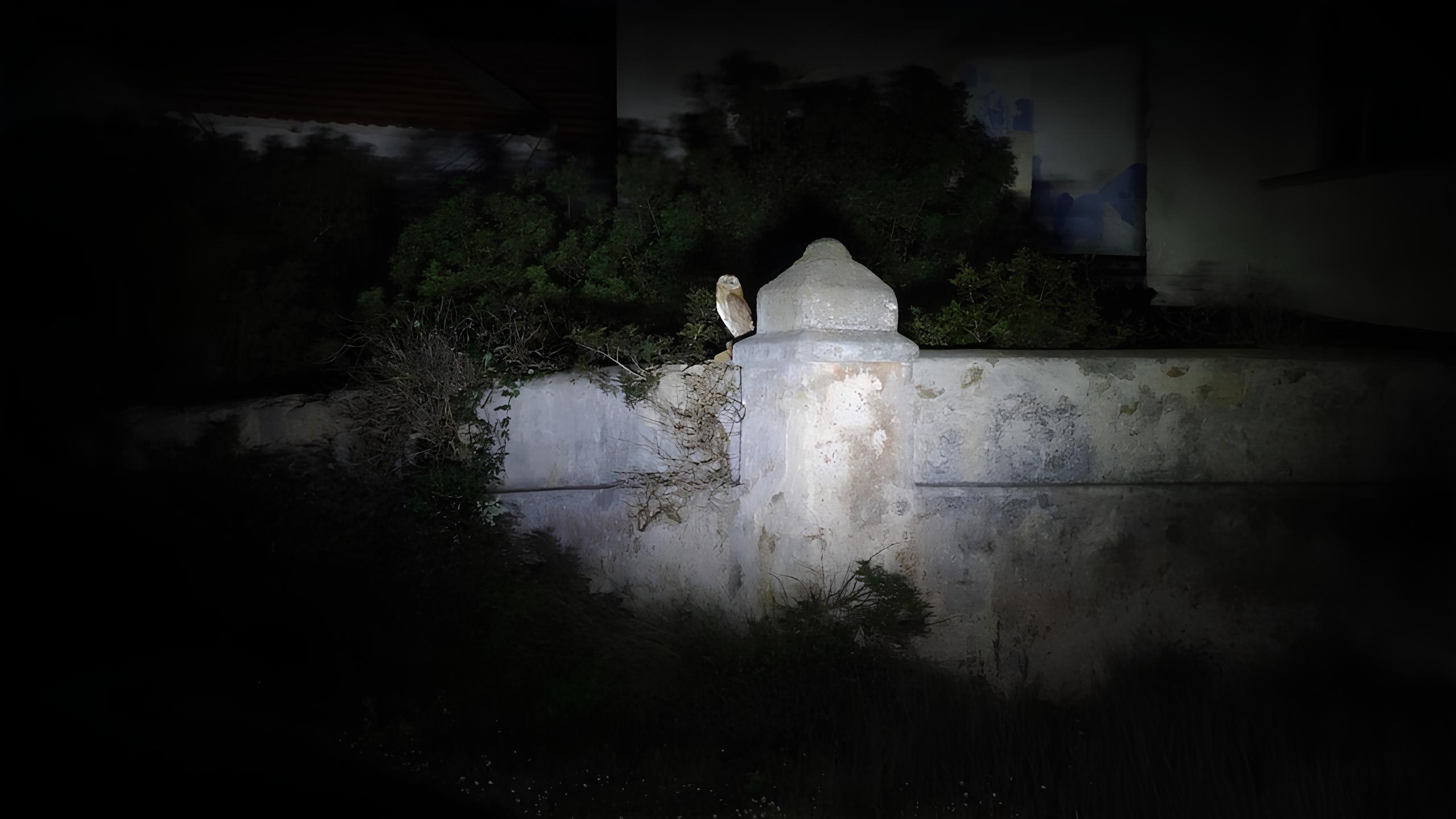
About ten specimens began to reproduce and reconstitute the foundations of a population that has an important role in the conservation of biodiversity but which had disappeared for the eradication of its main prey
Island of Pianosa (Livorno) – The doors of the cells of theFormer maximum security prison of the island of Pianosa they are firm. Rusty, close with difficulty. Yet, between 1856 and 1998, they were opened every morning and every afternoon for access to the hour of air. The only possibility of « exit » granted to brigatists, capimafia and fugitives. All detained in the now abandoned district house. Yet not entirely uninhabited. Inside, to nest and hunt, today there are Several specimens of Barbagianni. Night birds of prey returned to the island of the Tuscan archipelago thanks to a reintegration project edited by the Foundation A And Federparchi.
And here are those same doors, which over the years have held some of the world away from the world main protagonists of the most black pages in Italian history – Like the leaders of the Red Brigades Renato Curcio, Alberto Franceschini and Roberto Ognibene, the Capimafia Michele Greco, Pippo Calò, Giuseppe Madonia, the super fugitives Leoluca Bagarella (Sicario di Capaci and seizurer of Giuseppe Di Matteo) and Nitto Santapaola -, today represent the favorite « support » of some specimens of the supernamed « ghost of the night».
A night rapacious belonging to the Titonid family, who from the uncontaminated Pianosa « had almost completely disappeared after a eradication program of his favorite prey: the Black ratwhich in turn was threatening the presence of the Berta on the territory », explains the faunaist Vincenzo Rizzo Pinnacurator of the re-entry initiative. A departure from the island – which is about eight miles from Elba and has a single inhabitant in winter – of the animal with a characteristic head with a « heart -shaped » facial album consequential to the disappearance, wanted by man, of his favorite food.
But the Barbagianni, however difficult it is to spot, « fulfills a very important ecological role For the adjustment of ecosystems inhabited by its prey, mostly composed of micro-wins », explains Rizzo Pinna. And this is why the fauna player already since 2013 began to monitor the presence of the animal in the flat and solitary Mediterranean island with « the goal of verifying the habits of the bird of prey, studying his diet and mapping the nesting areas ». Attention does not fall even when, during the bamper of the black rat, brought to the island involuntarily by the man, the Barbagianni began to disappear. His areas prey, weakened or even killed by the RodenticidesI am become a threat for himthus forcing him to move away from a now « unsuccessful » or even dangerous place.
However, the presence of the rodent was eradicated, the reintroduction of the Barbagianni was immediately evaluated and then made concrete. And here thanks to an agreement between Pnat and Lipu, Eight specimens have been freed on the island (the first four in spring and four others in the autumn of 2024) edited in the recovery centers and equipped with the appropriate identification rings. In this a significant role has been played by the abandoned premises of the maximum security prison, now under the protection of the Tuscan Archipelago National Park: «Before entering the territory, we studied which could be suitable areas to encourage their nesting, thus choosing to install crates-nids in several abandoned buildings on the island. The district house, in some of its branches, seemed to us immediately perfect and in fact in a short time we had a positive response from him: the phototrappoles immortalized him several times while he was supported on the doors of the cells now empty or on the windows. From that height he scrutinizes and selects the prey, then hunting them », continues Vincenzo Rizzo Pinna.

But not only that: «Just there, in the central nest, a couple laid during the summer of 2024 five eggsbringing Three little ones to get involved. Finale more unfortunate, however, there was for the nurse who nicknamed « Agrippa », where the seven eggs laid during the 2024 autumn did not lead to any foam. The suspicion is that the puppies were preyed on corvids. Nonetheless, he surprised us that he took place out of season. But to allow it it was the microclimate of the island never too rigid ».
To date the project has brought one to Pianosa stable presence of about ten specimens. Since without a doubt will be increased by new couplings provided for this summer. But in the meantime, the birds of prey are already providing scholars with significant details to understand and catalog the local fauna, through a peculiarity: the borre. A sort of regurgitation of parts (hair, bones, meats) of the prey of which it feeds, tangled, covered with black mucus and then spit. «Analyzing what the Barbagianni does not digest, allows you to study and identify the prey species. But not only that: on a wider scale allows you to estimate which and how many micro-wins attend the interested party. In short, what is « waste material » for him, for us it is very precious to create a fauna census. A great way to study the microfauna of a place ».
But the return of the rapacious to Pianosa also represents the possible cooperation between man and nature for the protection of the latter, as he explains Renata BrianoPresident of the Scientific Committee of Fondazione Uno: «This project perfectly embodies our philosophy, because it shows that nature needs human intervention, balanced and respectful, to restore those natural structures that he himself has changed or put at risk. This is a successful experience that, as a foundation, we support economically to guarantee monitoring ».
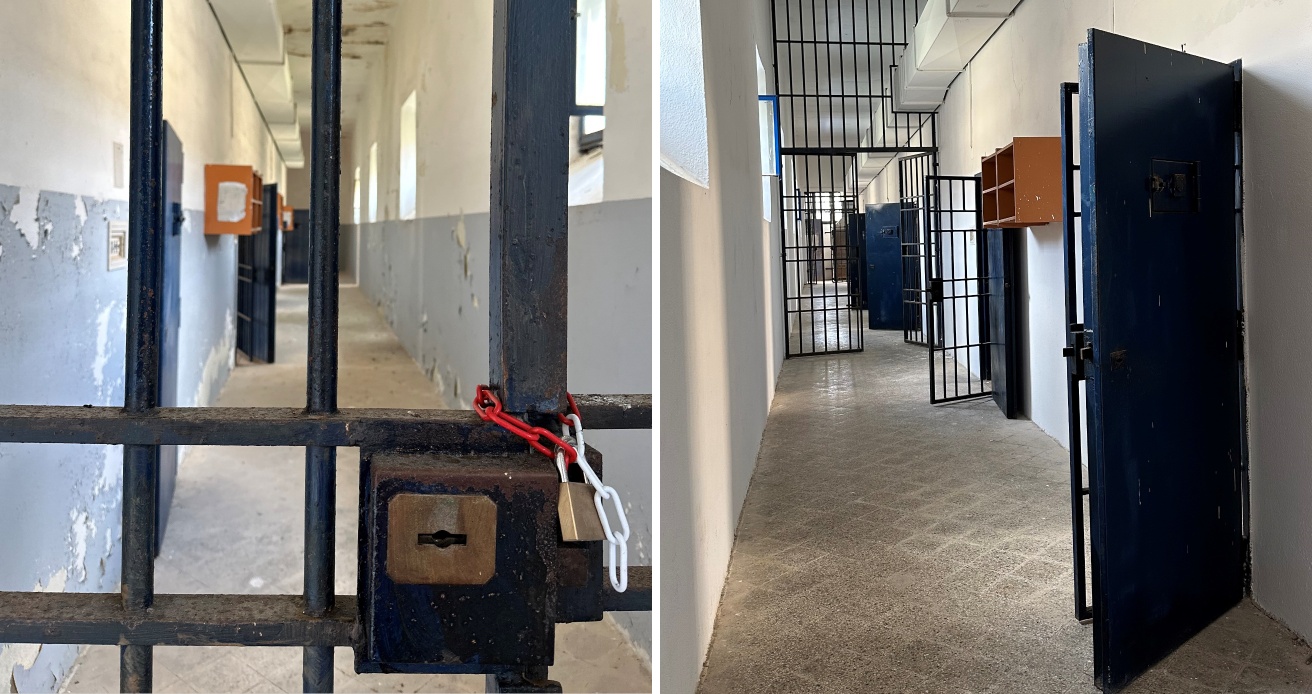
Initiative that for Maurizio ZipponiPresident of Fondazione Uno, « is the tangible proof of how effective collaboration between institutions, local authorities and scientific communities can, combined with a shared vision, benefit the maintenance of natural balance ». But the declination is also European, as he says Corrado Teofiliresponsible for biodiversity, conservation, sustainable tourism and relations with Federparchi’s Europarc: «The resentment of the Barbagianni unites two worlds with similar objectives: Federparchi who deals with the protected areas and one of nature conservation foundation. Both realities are members of IUCN, the world union for the conservation of nature, and this allows us to have an international dimension and develop projects that go beyond the local level ». Now all that remains is to wait for the next births.
